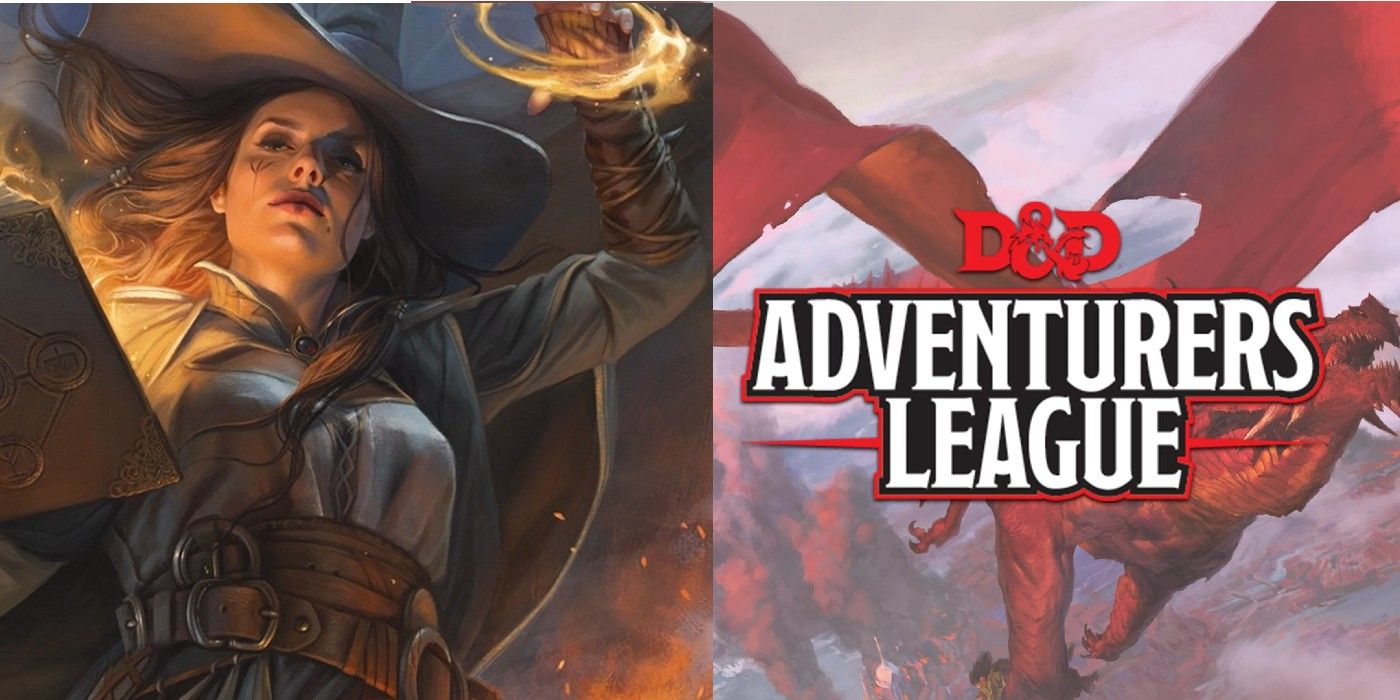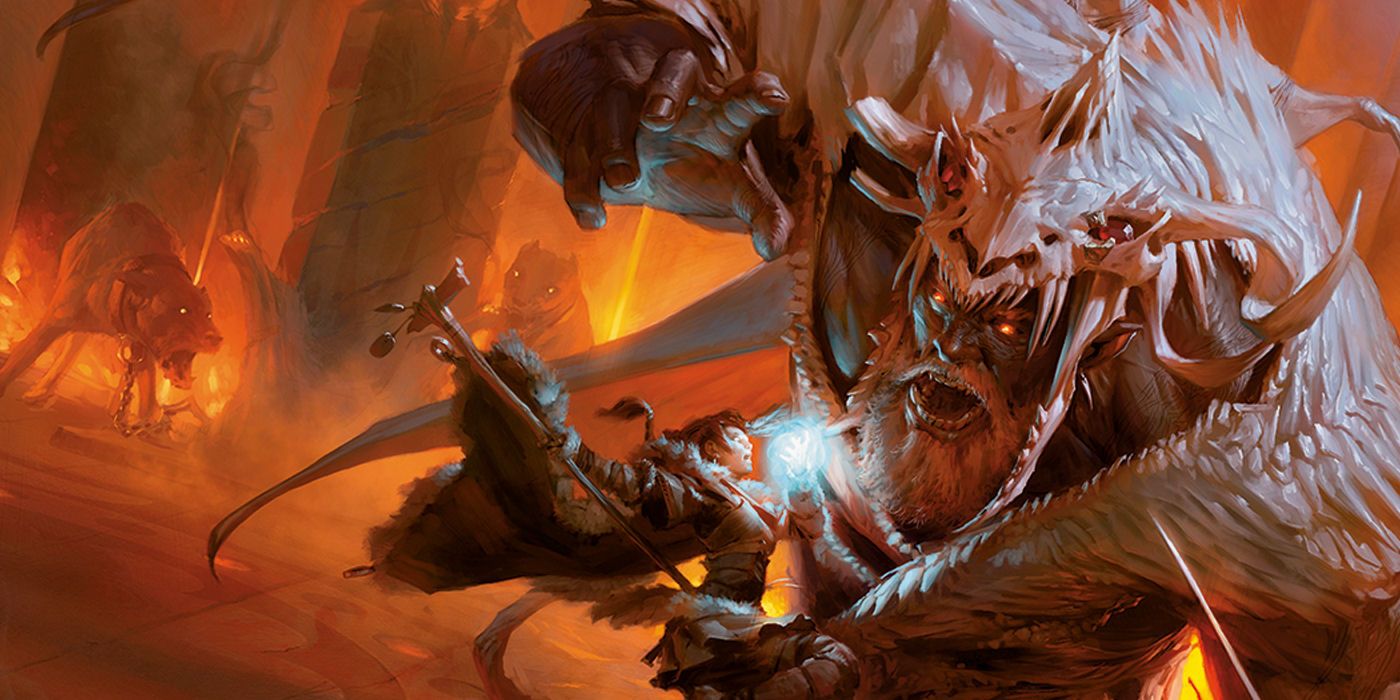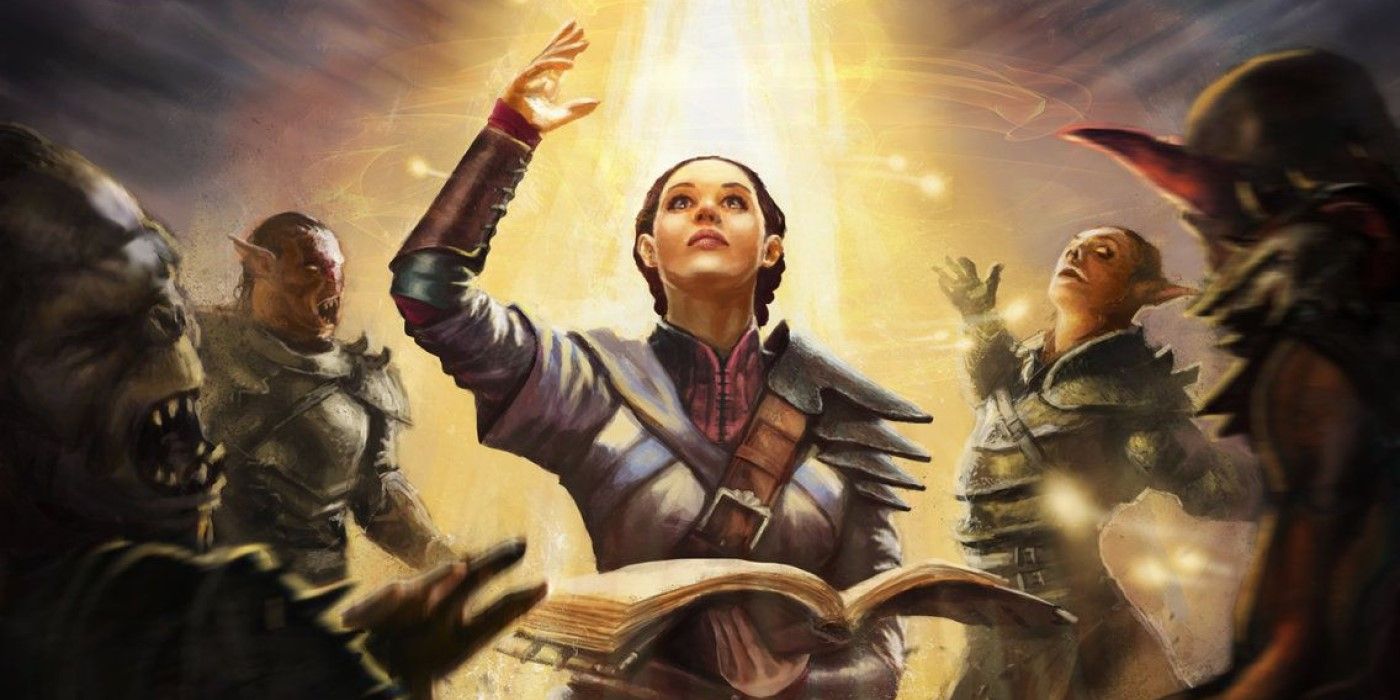The past several months brought major rule changes to the current fifth edition of Dungeons & Dragons, and the most notable ones are the Customizing Your Origin rules from Tasha’s Cauldron of Everything, and the elimination of the longstanding PH+1 rule from the Wizards of the Coast organized play program Adventurer’s League. Unlike prior editions of D&D, 5e has taken a very measured approach to introducing new classes, races, and feats. While rules heavy content might provide short term sales, in the past it led to some editions of the game becoming overly complicated very quickly. Each new Dungeons & Dragons book could be seen as an optimization arms race of sorts that would intimidate all but the most dedicated of players. Fifth edition D&D has maintained its simplicity and balance, and these new rule changes bring a great deal of flexibility to character creation, both for home games and for those within the organized play program.
The late 2020 release of Tasha’s Cauldron of Everything was a sea change for D&D, as it altered one of the most enduring traditions that has existed in some form or another since the earliest editions Dungeons & Dragons, that of set racial bonuses to statistics for fantasy races. Up through third edition D&D, demihuman races would receive bonuses to one or more ability scores and penalties to others. Fourth edition removed the penalties, giving each non-human player eligible race a bonus to two statistics. Humans have remained flexible in most editions, receiving no bonuses or penalties in versions through third edition, and in fourth edition they received a bonus to a stat of their choosing.
Fifth edition D&D stayed close to the 4e approach, with humans receiving either +1 to all stats or +1 to two different stats of their choice as well as a bonus feat and skill proficiency, if playing a Variant Human. Demihumans typically receive +2 to one preselected stat based on race, and +1 to another based on sub-race. The racial variants provided some flexibility, as all Dwarf characters received +2 to Constitution, but a Hill Dwarf received their second bonus to Wisdom, and a Mountain Dwarf gained increased Strength, among other examples. Tasha’s Cauldron of Everything redefined the racial ability bonus concept, no longer something inherent to fantasy races, but rather, that the bonus “reflects an archetypal bit of excellence in the adventurers of this kind in D&D’s past.” On the Dwarf example, the book notes, “This increase doesn’t apply to every dwarf, just to dwarf adventurers, and it exists to reinforce an archetype. That reinforcement is appropriate if you want to lean into the archetype, but it’s unhelpful if your character doesn’t conform to the archetype.”
New D&D Rules Provide Flexible Character Creation
The new customization options allow D&D players to swap any racial bonus stat for a different stat, so long as they do not double up on the same ability score or exceed the normal ability cap of 20. The customization extends to proficiencies, as players can now substitute skills, armor and weapon proficiencies, and tool proficiencies. This opens the floodgates for a variety of unconventional D&D character concepts to function mechanically. A Half-Orc Artificer character might choose to substitute their default racial bonus of +2 to Strength for Intelligence and take the Battle Smith sub-class which allows them to use their Intelligence score for attack and damage with all ranged and melee weapons. Such a character could still benefit from the Half-Orc race’s Relentless Endurance, which provides more resilience in battle, and Savage Attack, to add extra damage to critical hits, but they can now strike with a Greataxe based on their superior Intelligence score, thanks to the sub-class.
The Adventurer’s League organized play program also expanded its flexibility in character creation with the elimination of the PH+1 rule. This guideline restricted players to using content only from the Player’s Handbook and one other rules source. Prior to this rule, D&D players could not build a character with a class from Tasha’s Cauldron of Everything who used feats from Xanathar’s Guide to Everything and a race from Volo’s Guide to Monsters. Now, all official 5e D&D content is fair game for Adventurer’s League, for the most part. There are still some restrictions, such as setting specific content from the Sword Coast Adventurer’s Guide being limited to campaigns in the Forgotten Realms setting, and content from Eberron: Rising From The Last War is limited to Eberron campaigns. Given the wealth of new options, the rule change also allowed players to do a “rebuild” of existing characters that were made during the PH+1 era.
Change can be a tricky thing, with a game like D&D, where the RPG’s legacy spans decades and multiple editions. Fourth edition D&D was divisive in part because it stepped away from so many of the game’s traditions. While it produced a balanced and intricate rule set that was among the best in the history of tabletop RPGs for tactical fantasy combat, the absence of familiar standbys like the Jack Vance-inspired spell preparation system, the nine alignments introduced in Advanced D&D, and other altered elements made it somewhat unrecognizable as D&D to a portion of the player base. The change to the demihuman rules from Tasha’s Cauldron of Everything is the first major break from tradition in the current edition. Racial penalties and bonuses, later solely bonuses, were a holdover from the Tolkien-influenced origins of D&D, reflecting that all Elves were graceful, all Dwarves hardy, all characters with Orc blood were stronger than the norm, and so on.
Even Change-Adverse D&D Fans May Embrace New Rules
Based on the clear explanation and simple presentation of the Customizing Your Origin rules, it is doubtful that it will pose a problem for most D&D fans. Those who prefer the traditional approach are still welcome to leave the original stat bonuses to play Tokien style “archetypal” D&D demihuman adventurers, leaving the door open for other players to make less conventional race and class combinations more mechanically effective. In much the same way, the elimination of the PH+1 rule in Adventurer’s League has very few drawbacks, as there has been ample time for players and Dungeon Masters to familiarize themselves with the rules contained in supplement books, and players who have not done so can still fall back on the core options from the Player’s Handbook. Neither of these changes significantly alter the rules of Dungeons & Dragons. Rather, they provide flexibility and versatility in character creation options for official organized play sessions as well as home games.



